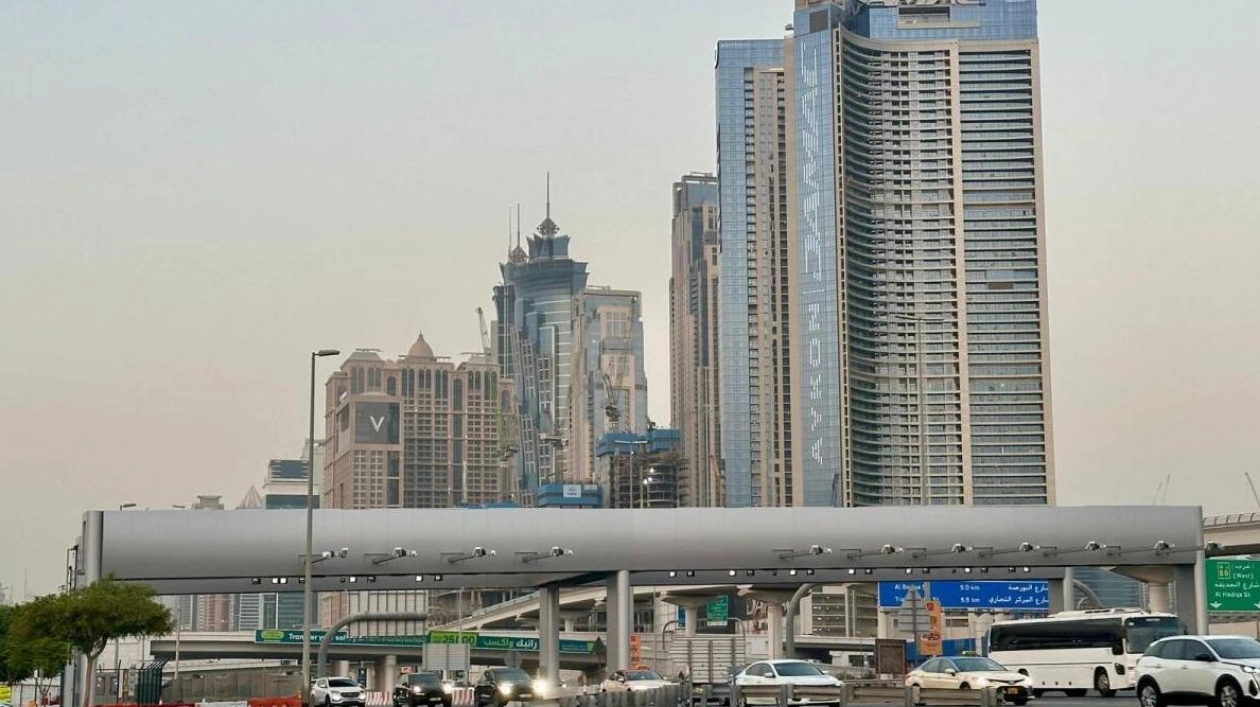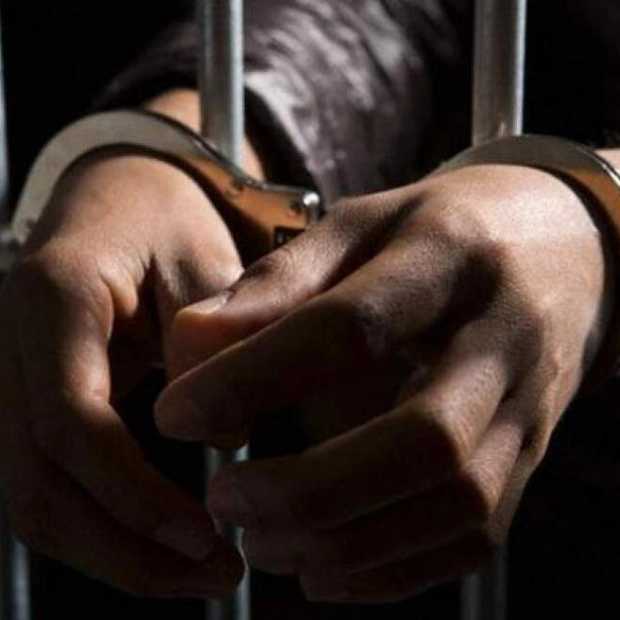The 10th Salik gate in Dubai, situated in Al Safa South, has been installed but is not yet operational. Positioned between Al Meydan Street and Umm Al Sheif Street, toll gates have been erected on both sides of Sheikh Zayed Road, as confirmed by Khaleej Times over the weekend.
Currently, there are no decals or markings identifying these toll gates, but they feature the same structure and silver boards equipped with Radio Frequency Identification (RFID) technology, which will be used to detect and scan Salik tags on passing vehicles. Salik Company PJSC, Dubai's exclusive toll gate operator, has not yet released an official statement regarding the new toll gate. However, Salik CEO Ibrahim Al Haddad confirmed to Khaleej Times in an exclusive interview in early September that the two new toll gates will be operational by the end of November.
The other new Salik gate, the ninth toll gate, is located on Business Bay Crossing along Al Khail Road. Its exact location was reported by Khaleej Times last month. Regarding the commencement of operations, Al Haddad stated, "Everything is on track, and we are not expecting any delays," concerning the construction of new toll gates. He added, "A subsequent announcement will be issued to the public by Dubai’s Roads and Transport Authority and Salik PJSC prior to the commencement of operations." He also highlighted that both new toll gates will be almost 100% solar-powered, a first for Salik and a goal they have been working towards for some time.
Salik further explained that, similar to Al Mamzar North and South toll gates, the upcoming Al Safa South gate will be linked with the existing Al Safa North gate. This means motorists will be charged only once if they pass through both gates within one hour in the same direction. Each time a vehicle passes through a Salik toll gate, the RFID technology detects the vehicle and scans the Salik sticker tag, automatically deducting a toll fee of Dh4 from the motorist’s prepaid toll account.
The Al Safa South gate on Sheikh Zayed Road heading towards Abu Dhabi is located right after going down Dubai Water Canal bridge, right in front of MedCare Orthopedics and Spine Hospital. The toll gate on the other side, in the direction going towards Sharjah, is located between United Arab Bank and Pupil of Fate Motors, right before making a right turn to Al Meydan Street or before taking the ramp going left to Al Hadiqa Road towards Jumeirah.
Al Haddad explained that for the Al Safa South gate, they expect to improve traffic flow between Financial Centre Street and Meydan Street. This will reduce right-turn traffic volume from Sheikh Zayed Road to Meydan Street by 15% and redistribute traffic to use the larger First Al Khail Street and Al Asayel Street. He reiterated that Al Safa South gate is a technical solution linked with the existing northern Al Safa gate, meaning there is just a single payment for those passing through both the northern and southern Safa gates within an hour.
Regarding the upcoming Business Bay Crossing gate, traffic congestion is expected to reduce on Al Khail Road by 12 to 15%, while traffic volume on Al Rabat Street is expected to decrease by 10 to 16%. Al Haddad clarified that any adjustments to the tariffs are a decision for the RTA and are subject to approval by the Executive Council of Dubai. He also noted that there is no fixed schedule for new toll gates, further explaining that the introduction of a new toll gate primarily rests on traffic and congestion levels and depends on the outcomes of technical and traffic studies.
Currently, there are eight operational Salik gates located across Dubai: Al Mamzar North, Al Mamzar South, Al Garhoud Bridge, Al Maktoum Bridge, Airport Tunnel, Al Safa, Al Barsha, and Jebel Ali. Last year, about 593 million journeys went through Salik's toll gates. From January to June this year, 238.5 million trips passed through the eight toll gates, resulting in Dh1.1 billion half-year revenue, up by 5.6% from the same period last year.






